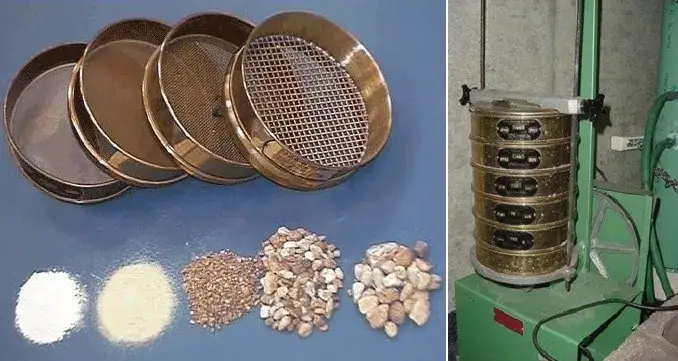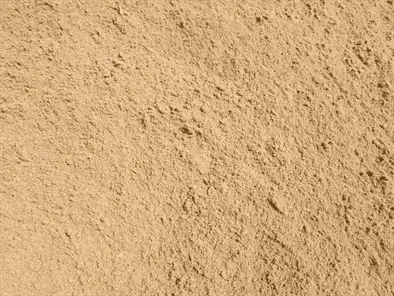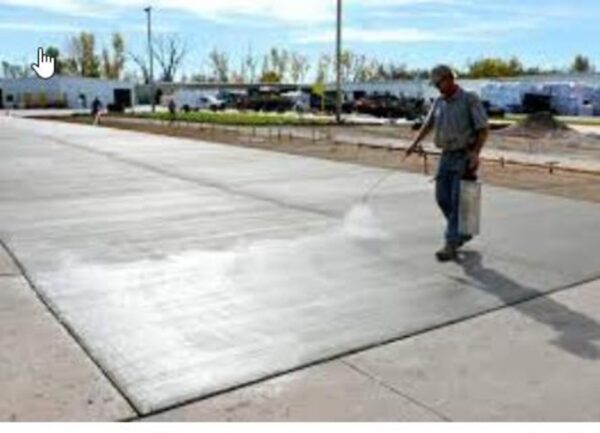Sieve Analysis is a common method adopted to measure the grain size distribution of an aggregate which is termed as gradation. It is often used in civil engineering and material testing field. This analysis can be done both in fine and coarse aggregates.
Aggregates having mean grain size which are less than 4.75 mm are termed as fine aggregates. These aggregates can be obtained naturally deposited by rivers, crushed stone sand obtained by crushing stones and crushed gravel sand.
Fine aggregates such as sand or gravel are used in construction projects in order to fill the gaps between coarse aggregate and cement mix so as to improve its workability and strength of the mixture.
sieve analysis test for fine aggregate are crucial for determining the particle size distribution and gradation of sand or fine aggregates used in concrete and mortar. The sieve analysis of fine aggregate is code prescribed, ensuring consistent testing methods across the industry. Sieves for fine aggregate are arranged in a stack, with each sieve for fine aggregate having a specific mesh size.
The fine aggregate sieve size ranges from 4.75 mm to 75 microns, with the most common sieves for fine aggregate being 4.75 mm, 2.36 mm, 1.18 mm, 600 microns, 300 microns, and 150 microns.
The main objective for conducting this test is to determine the fineness modulus, gradation and uniformity coefficient of fine aggregates.
The size of fine aggregates generally ranges from 75 micron to 4.75 mm and also they are classified into four zones based on their grading.
We have already seen how to do sieve analysis test on coarse aggregates and its specifications. In this post we are going to see the test procedure, sieve sizes and analysis of fine aggregates.

Purpose of conducting Sieve Analysis
- The preliminary objective of conducting sieve analysis test for fine aggregate is to determine the fineness modulus, grading the aggregates based on their fineness modulus and to determine uniformity coefficient of the aggregates.
- These properties affect the workability, strength, and durability of concrete and other construction materials.
- It helps to assess the quality and consistency of the fine aggregate so as to meet the required specifications as mentioned in IS code.
- It helps to evaluate the grading characteristics as it affects water demand, resistance to segregation, permeability, and strength of concrete mixes.
Fineness Modulus
- It is defined as the numerical index of coarseness or fineness of the material.
- It is obtained by adding the cumulative percentage of aggregates retained on each sieve ranging from 4.75 mm to 75 micron sieve and dividing this by 100.
- If the fineness modulus of the aggregates are higher it indicates that the fine aggregate is coarser in size.
- It is calculated by adding the cumulative percentages of aggregates retained on each sieve (4.75 mm, 2.36 mm, 1.18 mm, 600 microns, 300 microns and 150 microns) and dividing by 100.
- A sand having a fineness modulus greater than 3.2 is not suitable for making suitable concrete.
Gradation
- It is defined as the classification of the aggregates based on their size and shape.
- A well graded aggregate helps to get a good concrete mix with desired properties and strength.
- Grading of fine aggregates are done in 4 zones where Zone I indicates the finest and Zone IV indicates the coarsest.
- It is recommended that fine aggregate conforming to Grading Zone IV should not be used in reinforced concrete unless tests have been made to ascertain the suitability of proposed mix proportions.
- The grading zones are specified in IS code 383 for fine aggregates and ASTM C33 for US standards.
According to IS 383:1970, there are four grading zones for fine aggregate: Zone I (fineness modulus 2.2 to 2.6), Zone II (fineness modulus 2.6 to 2.9), Zone III (fineness modulus 2.9 to 3.2) and Zone IV (fineness modulus 3.2 to 3.6).
Uniformity coefficient of fine aggregates
- It is defined as the range of the particle sizes present within the fine aggregate.
- It is calculated by dividing the size of the sieve that retains 60% of the material by the size of the sieve that retains 10% of the material
- A lower uniformity coefficient means a narrower range of particle sizes and a more uniform distribution.
- A higher uniformity coefficient means a wider range of particle sizes and a less uniform distribution.
UC = D60 / D10
Where
- D60 is the sieve size opening (in mm or microns) at which 60% of the aggregate passes.
- D10 is the sieve size opening (in mm or microns) at which 10% of the aggregate passes.
Sieve Analysis test for Fine aggregate by IS code
The fine aggregate sieve analysis test is performed to determine the zone of fine aggregate, which affects the workability and strength of the concrete mix. The sieve analysis test for fine aggregate is an essential quality control measure that ensures the consistency and performance of the fine aggregate used in construction projects.
It is the operation of dividing a sample of fine aggregates into various fractions each consisting of particles of the same size. This is done by passing fine aggregates ( < 4.75 mm) through a series of sieves with different openings.
The main objective to perform this test is to determine the fineness modulus and the grading zone of the fine aggregate.
Apparatus
The following are required for sieve analysis of fine aggregates are given below:
- IS sieve ( size 10mm, 4.75 mm, 2.36 mm, 1.18 mm, 600 microns, 300 microns and 150 microns with lid and pan)
- Oven
- Weighing Balance 0.01 g accuracy
- Tray
- Mechanical sieve shaker

Sample preparation
Minimum weight of sample for Sieve Analysis IS : 2386 (Part – I) 1963

Procedure
- The sieves are stacked in order from largest (4.75mm) to smallest (150 microns) mesh size, with a pan at the bottom to collect the particles that pass through the finest sieve.
- Take a sample of fine aggregates in a tray and weigh it accurately. Dry the sample in an oven at 105°C for 24 hours.
- Sieve the sample using a set of IS sieves: 4.75 mm, 2.36 mm, 1.18 mm, 600 microns, 300 microns and 150 microns.
- The amount of material retained on each sieve is weighed and noted down.
- The percentage of material passing through each sieve and the cumulative percentage of material retained on each sieve is calculated.
- A graph is plotted between sieve size vs cumulative percentage of material retained.
- The fineness modulus is calculated by adding the cumulative percentages of material retained on each sieve and dividing by 100.
- The grading zone of fine aggregates is determined by comparing the fineness modulus with the standard values given in IS code.
Calculation
A typical example of sieve analysis on fine aggregates is given below :
| IS sieve No | Weight retained | Cumulative weight retained | Cumulative percentage weight retained | Cumulative percentage passing |
| 10 mm | 0 | 0 | 0 | 100 |
| 4.75 mm | 10 | 10 | 2 | 98 |
| 2.36 mm | 50 | 60 | 12 | 88 |
| 1.18 mm | 50 | 110 | 22 | 78 |
| 600 micron | 95 | 205 | 41 | 59 |
| 300 micron | 175 | 380 | 76 | 24 |
| 150 micron | 85 | 465 | 93 | 7 |
| Lower than 150 micron | 35 | 500 | ||
| Total | 500 gm | – | 246 |
Fineness modulus = 246/100 = 2.46
Grading zone
- Zone I – fineness modulus 2.2 to 2.6 – Fine sand
- Zone II – fineness modulus 2.6 to 2.9 – Medium sand
- Zone III – fineness modulus 2.9 to 3.2 – Coarse sand
- Zone IV – fineness modulus 3.2 to 3.6 – Coarsest sand

Plot the Graph
Draw a graph with a sieve opening to log scale on the X-axis and % passing on Y-axis .The curve is called a grading curve.
Sieve Analysis by ASTM
The original sample must be reduced to a test sample size which falls within the minimum and maximum weight in the following table.

Conclusion
The sieve analysis offers crucial data on the grading and quality of fine aggregates, which can be used to judge how well suited they are for different construction applications. It aids in figuring out the fineness modulus, uniformity coefficient, and other factors that influence how easily and strongly concrete mixes may be poured.
Reference codes
- IS: 2386 Part – I 1963 ( Particle size and shape)
- IS: 383 – 1970 Specification for coarse and fine aggregates from natural sources for concrete







